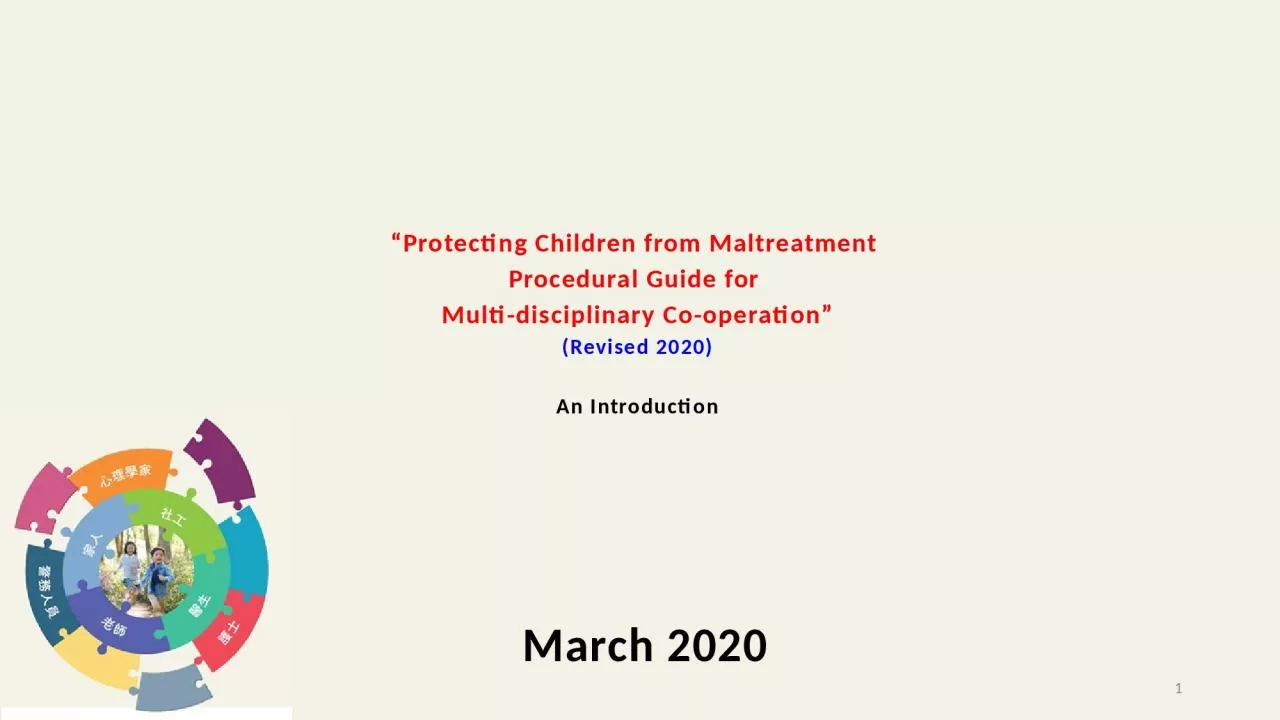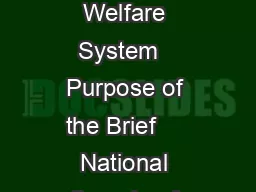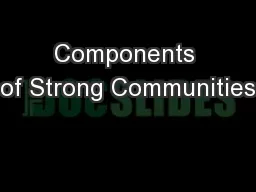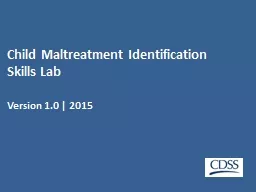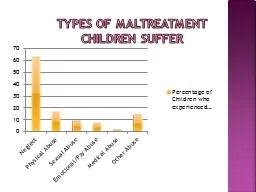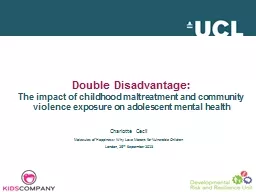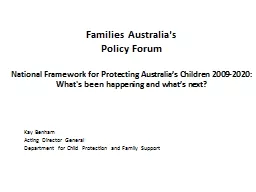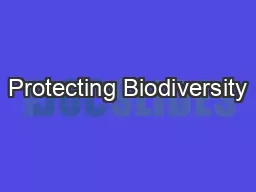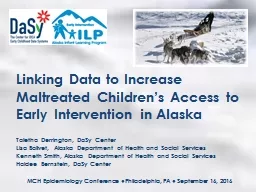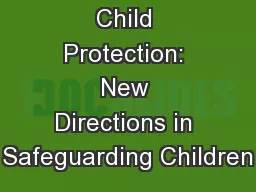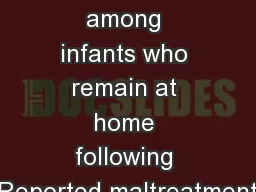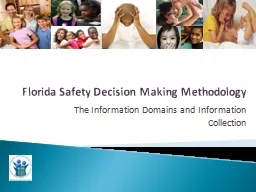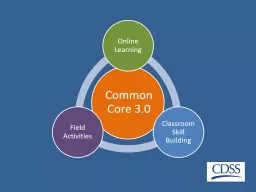PPT-“Protecting Children from Maltreatment
Author : teresa | Published Date : 2024-01-29
Procedural Guide for Multidisciplinary Cooperation Revised 2020 An Introduction March 2020 1 Review of Procedural Guide for Handling Child Abuse Cases 2 Purposes
Presentation Embed Code
Download Presentation
Download Presentation The PPT/PDF document "“Protecting Children from Maltreatment" is the property of its rightful owner. Permission is granted to download and print the materials on this website for personal, non-commercial use only, and to display it on your personal computer provided you do not modify the materials and that you retain all copyright notices contained in the materials. By downloading content from our website, you accept the terms of this agreement.
“Protecting Children from Maltreatment: Transcript
Download Rules Of Document
"“Protecting Children from Maltreatment"The content belongs to its owner. You may download and print it for personal use, without modification, and keep all copyright notices. By downloading, you agree to these terms.
Related Documents

